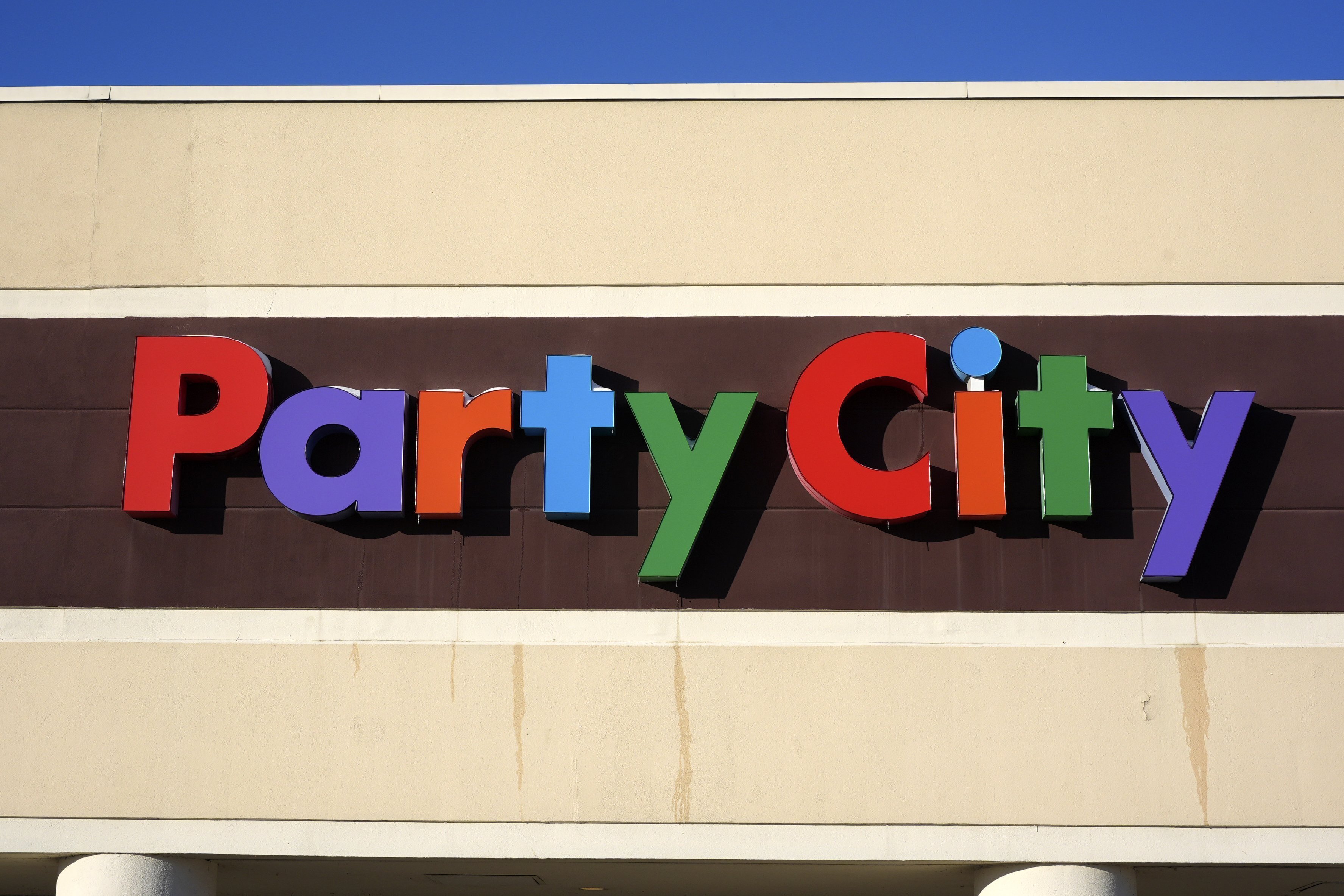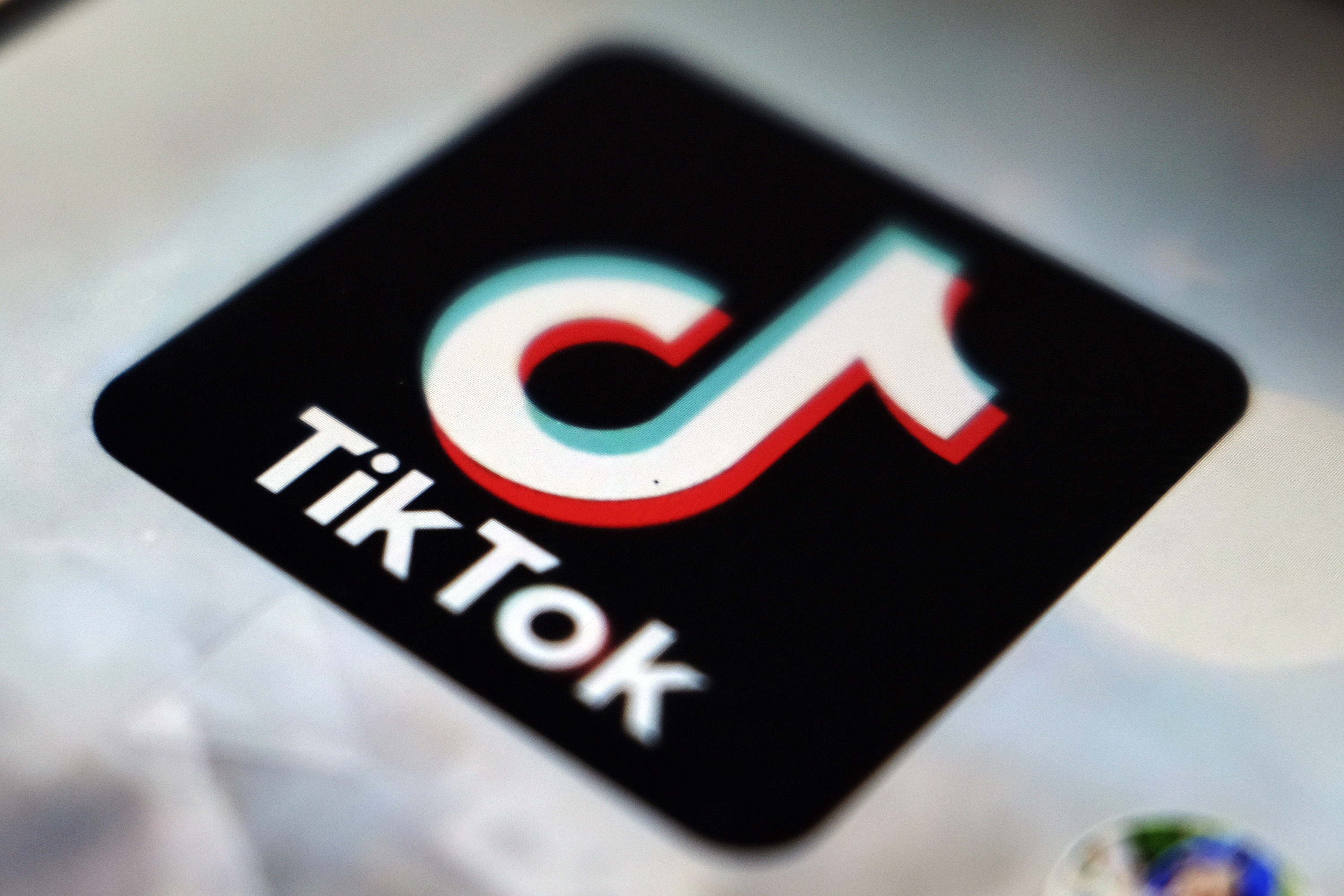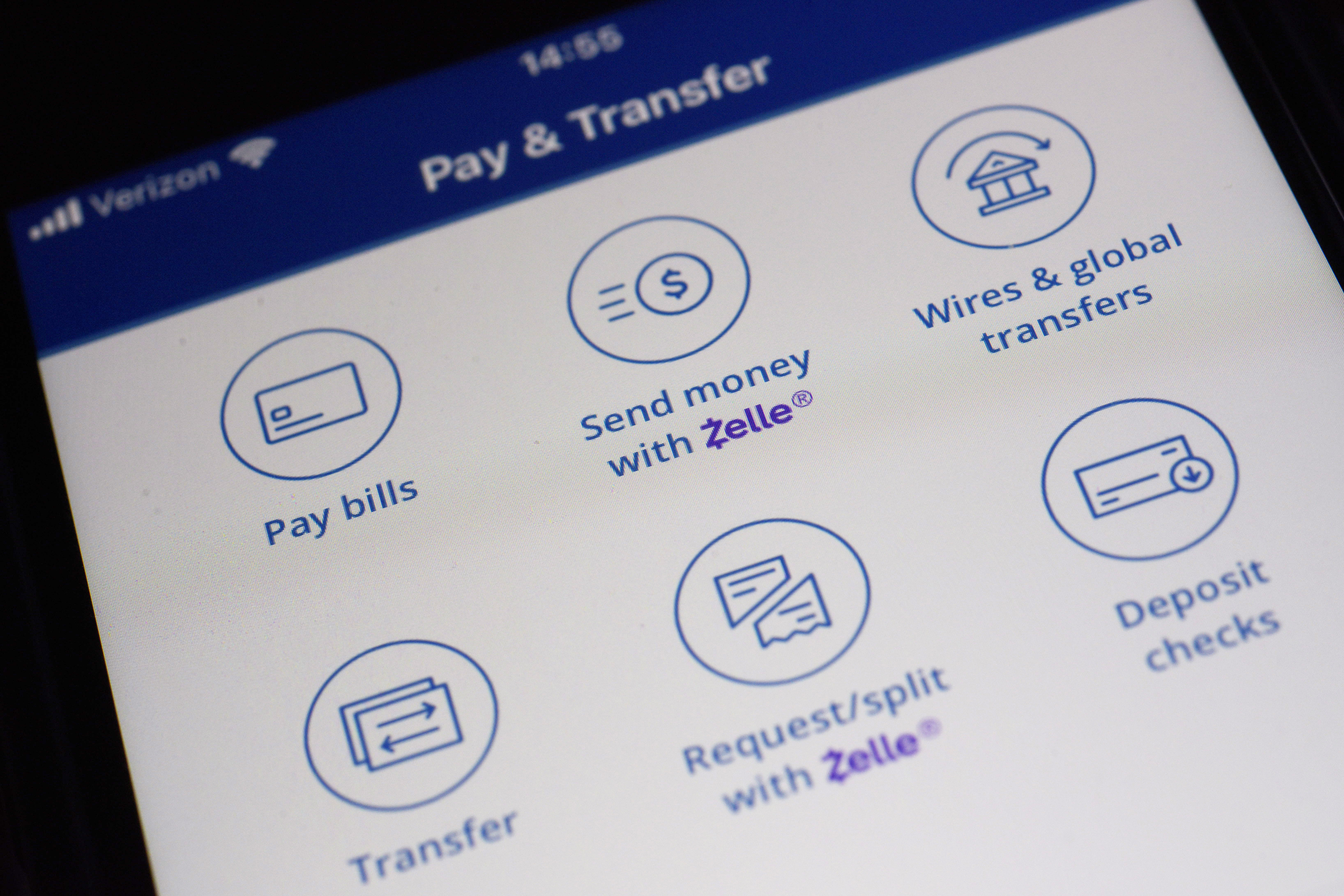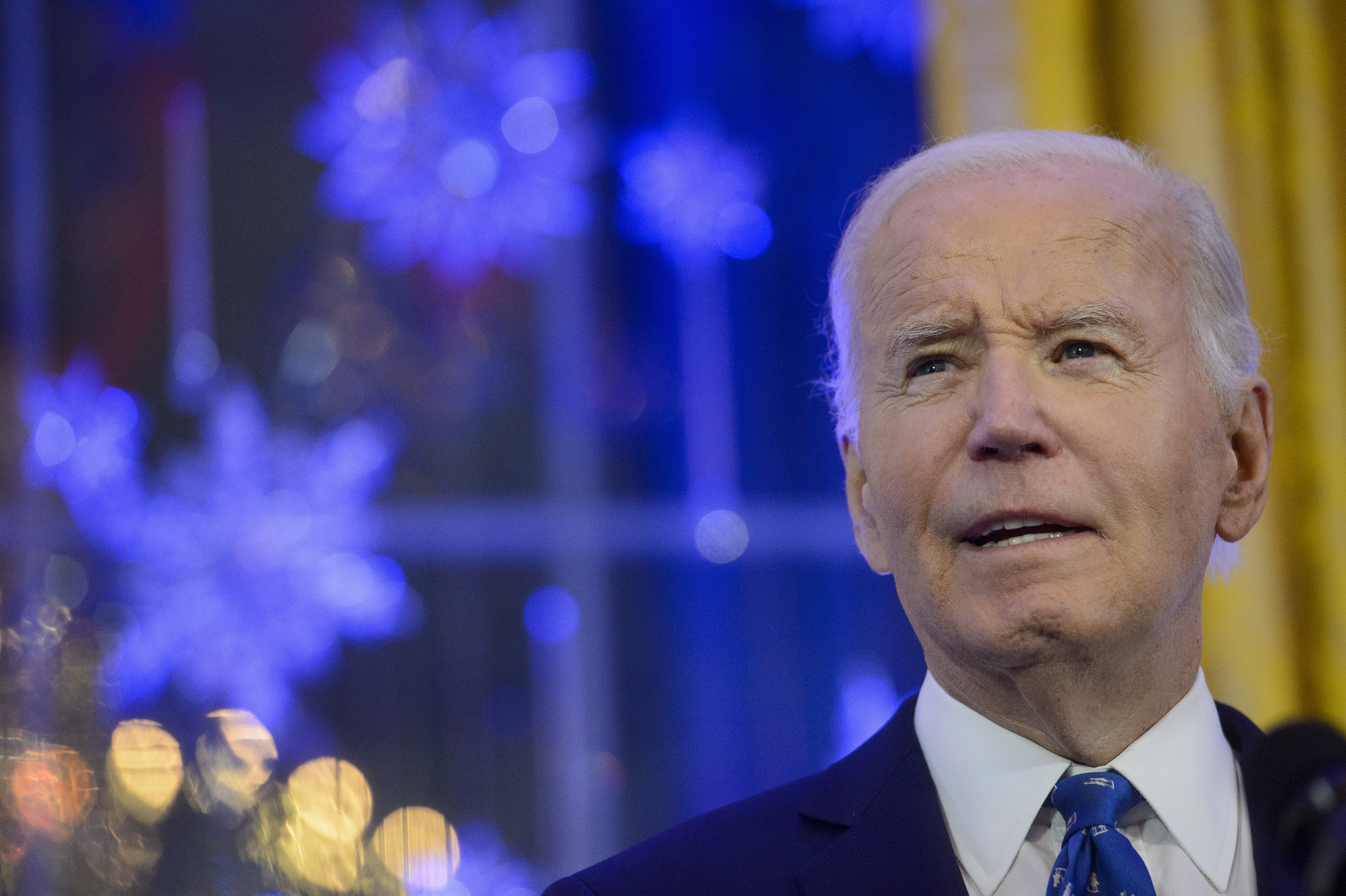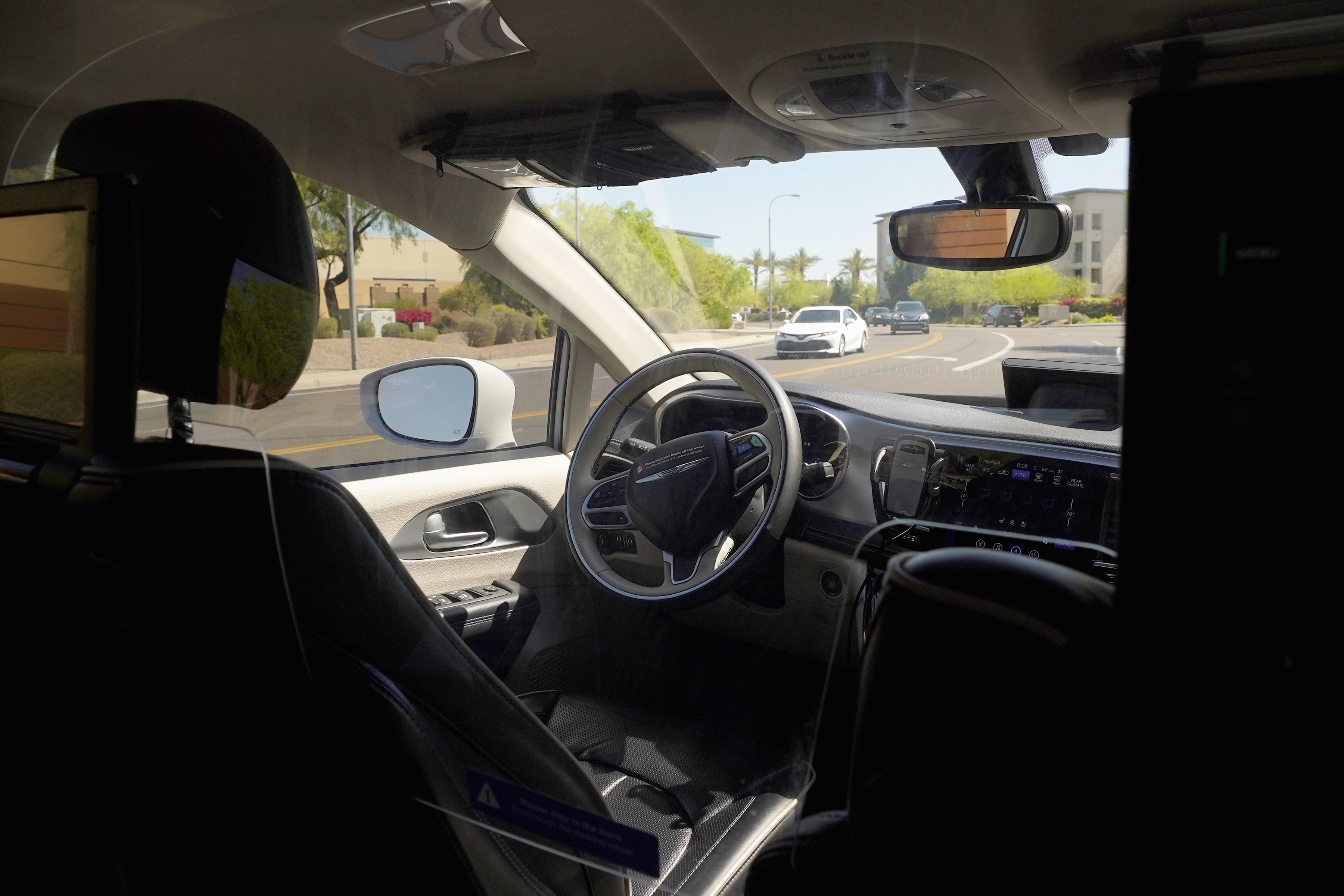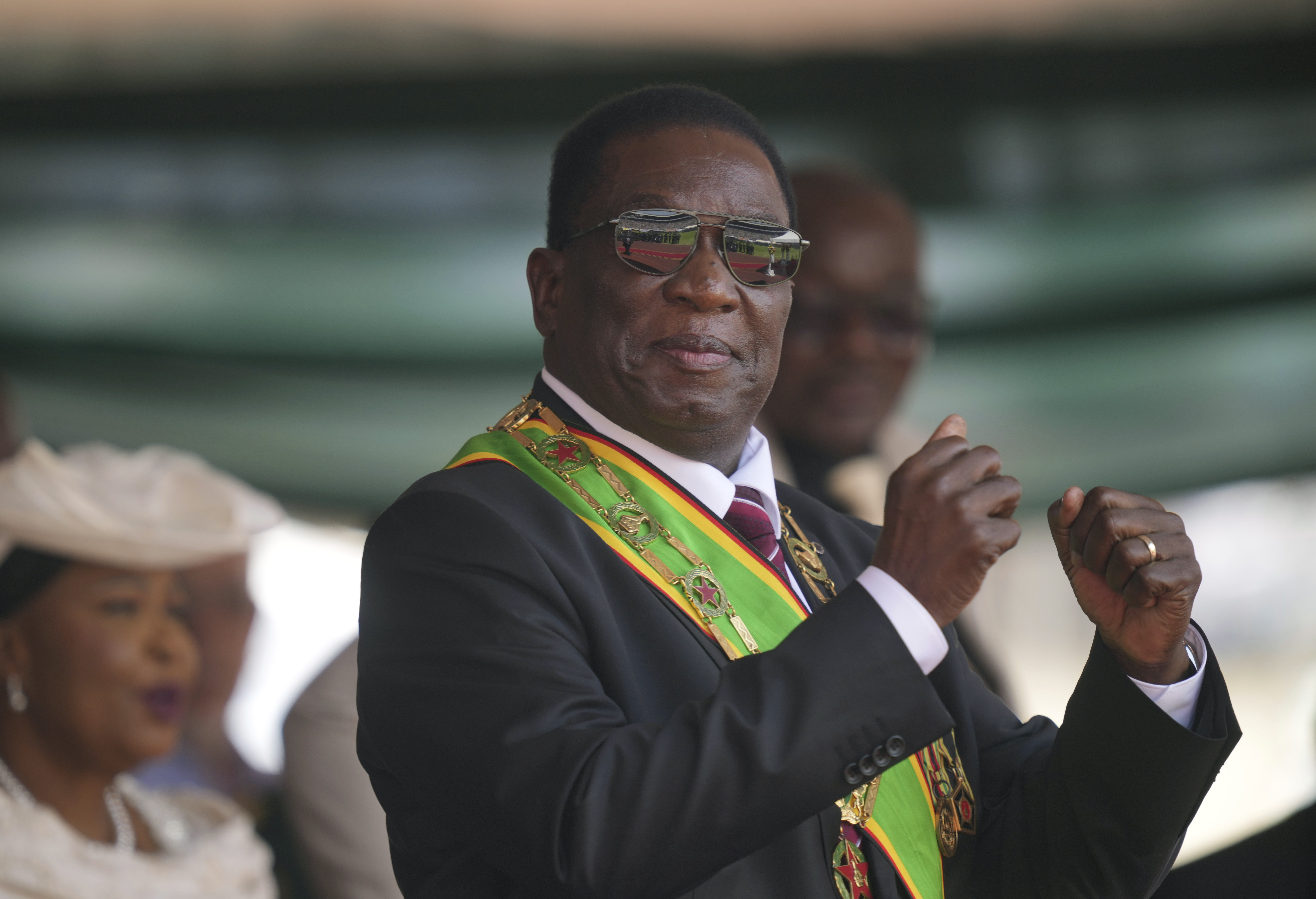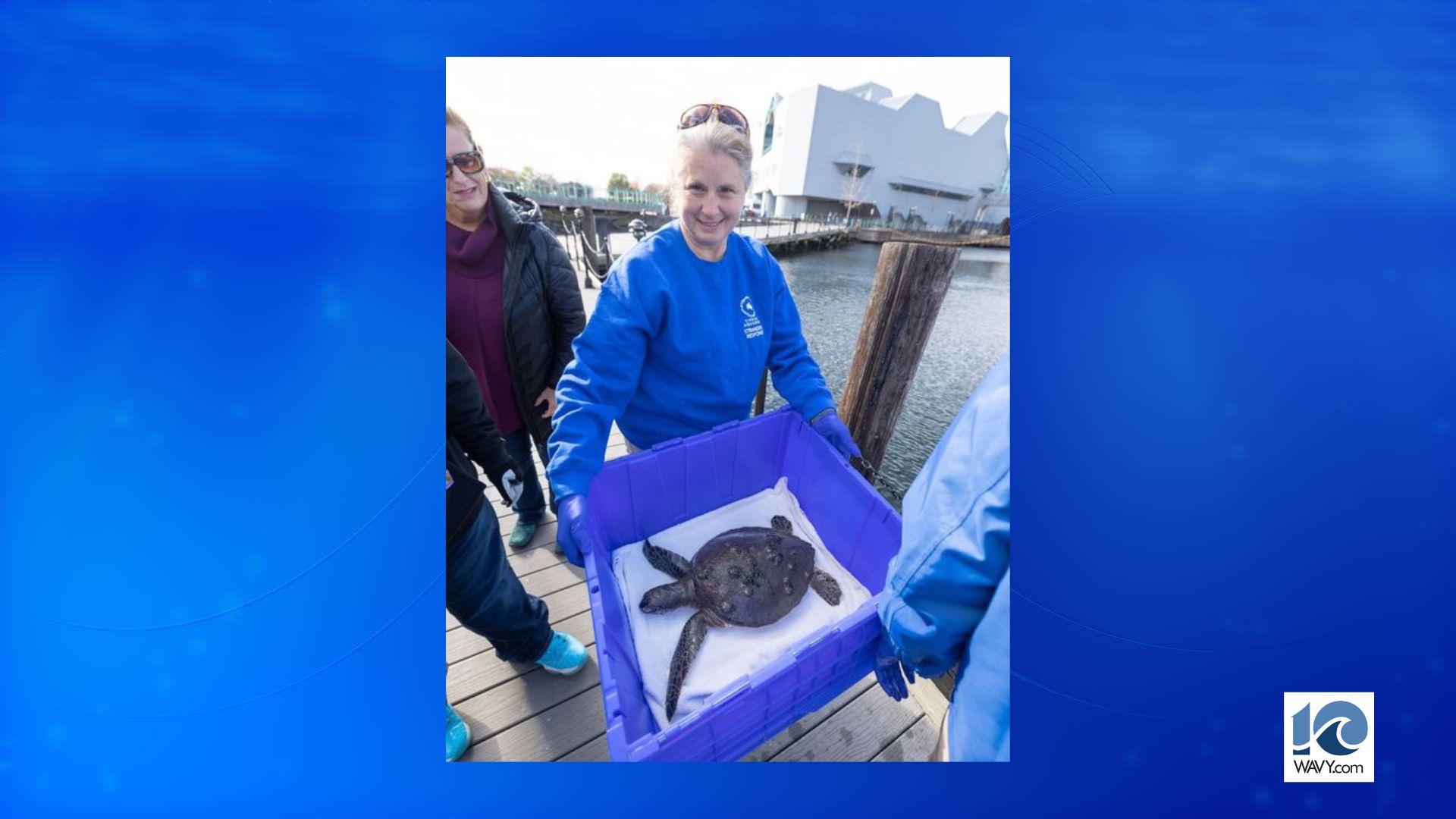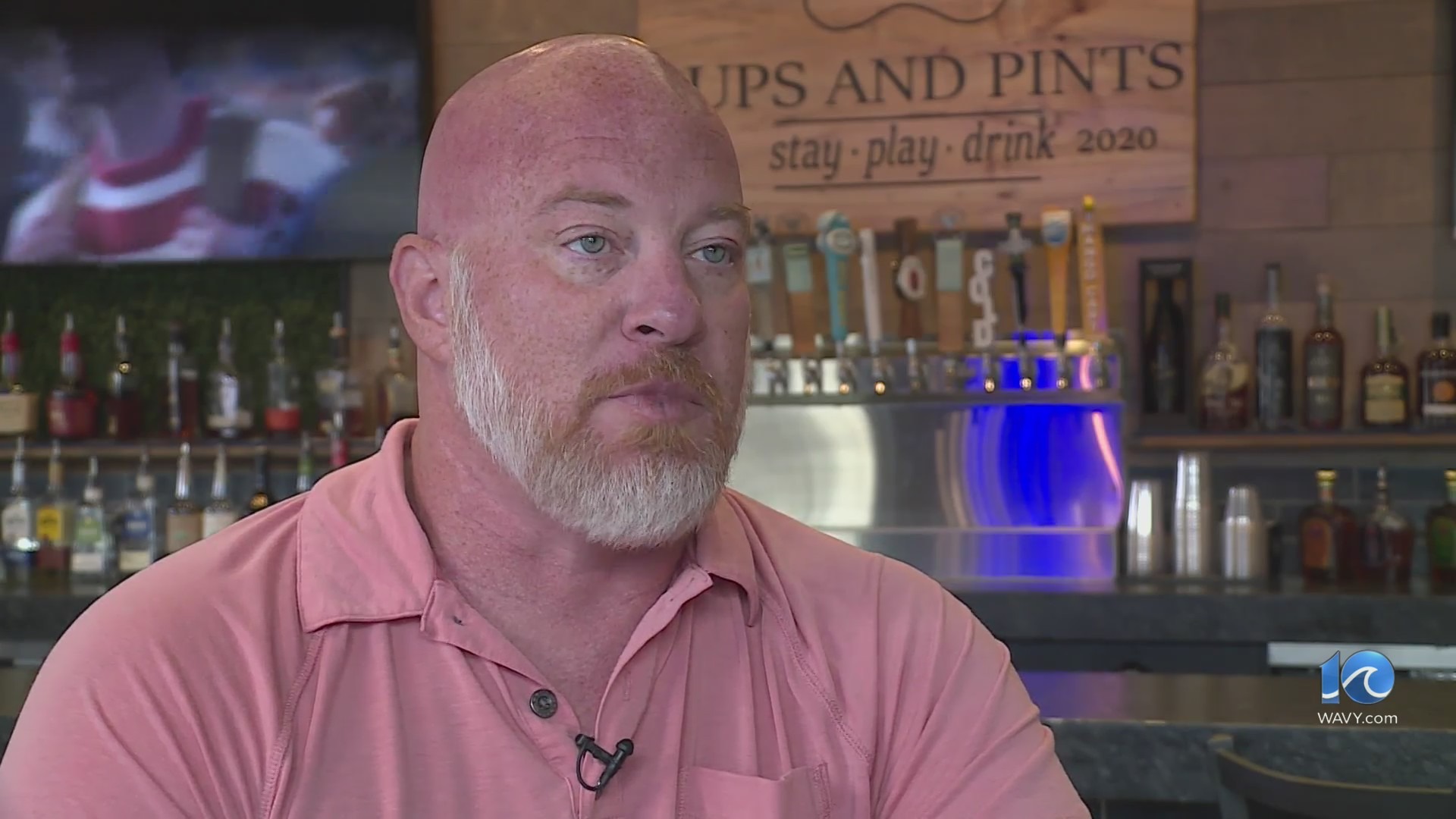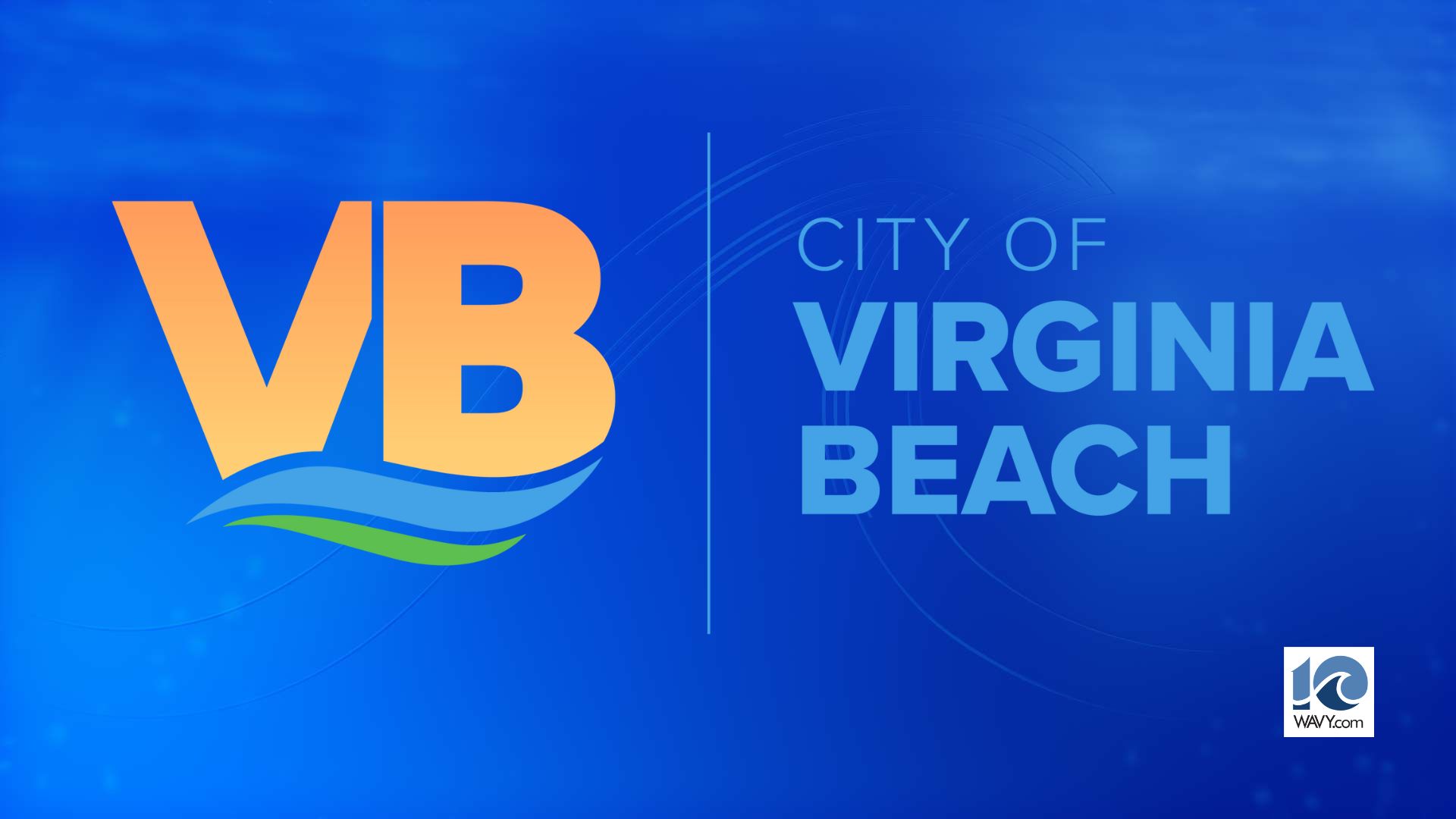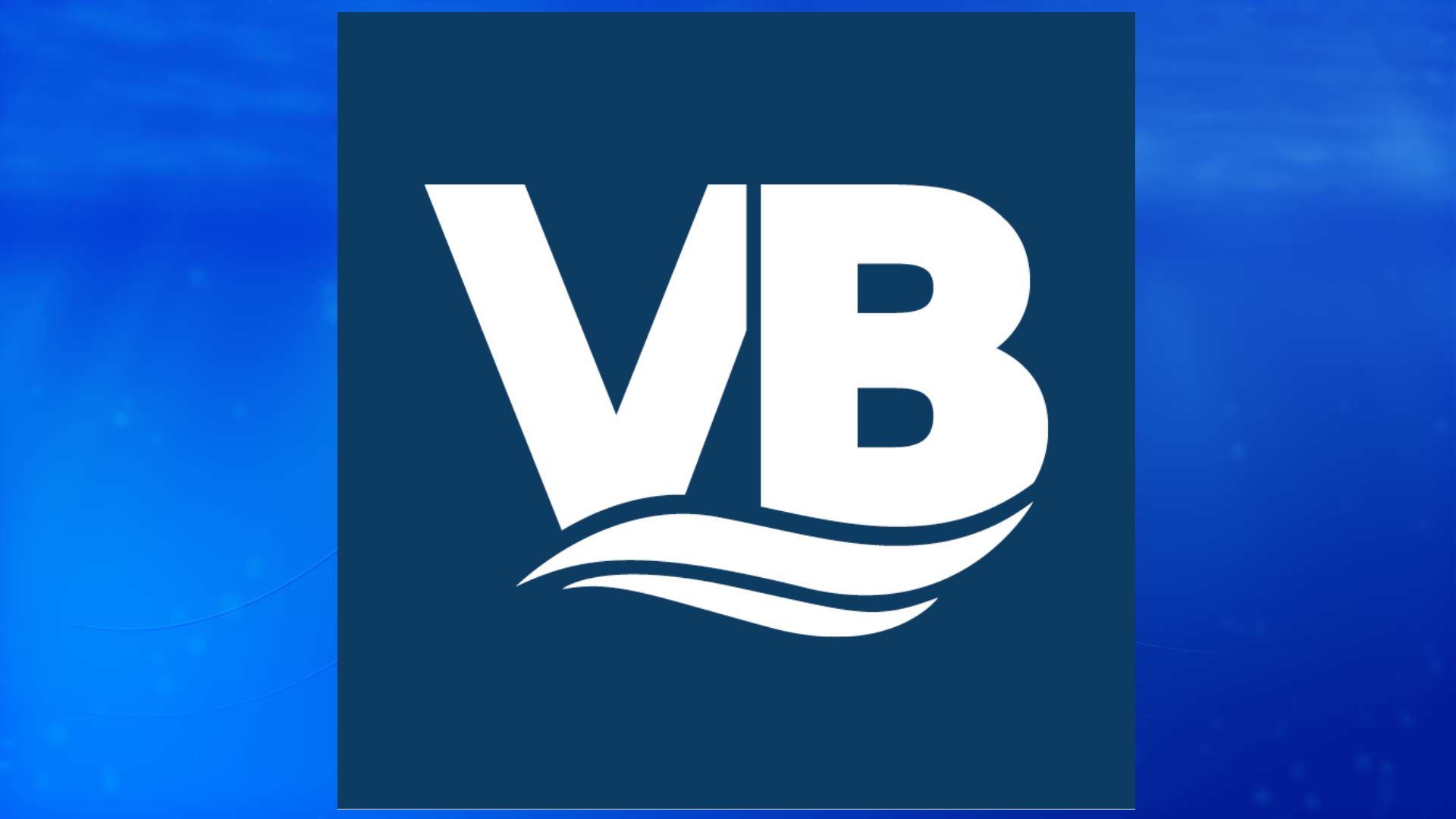RICHMOND, Va. (WRIC) – Most Virginia families with young children can’t afford child care – and even if they could, the state’s legislative watchdog agency found there are not nearly enough slots to meet the demand.
The Joint Legislative Audit and Review Commission (JLARC) revealed these findings and the impact on Virginia in a report shared Monday that notes parents without child care may have to reduce their work hours, take lower-paying jobs or quit altogether.
Per the new JLARC report, families in Virginia spend $100 to $440 a week per child on child care, and 85% of households with infants, 82% with toddlers and 74% with preschoolers can’t afford it. JLARC used the federal government metric for child care affordability, which considers it unaffordable if the cost is more than 7% of a household’s income.
These rates increase for low-income families. According to JLARC, 98% of low-income households with infants and toddlers can’t afford child care, and it’s unaffordable for 97% of those with preschoolers. JLARC’s report looked at households with incomes below 300% of the federal poverty level where child care is affordable.
A need for more child care

On child care providers, JLARC found 6,700 “formal” providers in Virginia – child care centers, religious institutions, schools and more — serve up to 470,000 children but no accurate data on “informal” providers such as care provided by relatives, nannies or neighbors.
JLARC staff noted during Monday’s presentation that the 470,000 slots include the state’s total licensed capacity but don’t account for providers that operate at less than their capacity.
“Virginia needs at least 140,000 more child care slots to meet demand,” JLARC’s report reads, adding that more than 1.1 million child care slots are needed to let parents work and there are an estimated 990,000 slots.
This figure does not account for the affordability of the slots needed, JLARC’s report pointed out, which likely will require more than the 140,000 slots added to meet the demand for affordable child care access in Virginia.
JLARC identified the lack of child care for infants and toddlers in Virginia as a “significant issue,” noting that the state needs at least 33,000 slots – likely more to provide affordable options – to meet the demand.

In the state’s central region, which includes the Richmond area, at least 3,000 infant-toddler slots are needed.
One factor that could be contributing to this shortage is the higher costs to operate child care programs for infants and toddlers, which require more staff, care and attention than older children, JLARC found. For example, one staff member can watch over eight to 10 preschoolers but can only monitor four infants and five toddlers.
Virginia providers are also facing major staffing challenges that could be contributing to broader issues regarding child care access. Workers generally earn low wages, providers report experiencing significant turnover and difficulty recruiting staff.
A funding cliff
While subsidy efforts improve child care access and affordability, the pandemic-era federal funding to expand such programs is expected to dry up in fiscal year 2024.
Virginia was able to increase reimbursement rates for subsidy vendors, expand eligibility for families, and reduce copayments after the Department of Education used nearly $400 million in federal COVID-19 funding in FY23 and FY24, increasing the number of children receiving subsidized care by more than 50% and dropping the average monthly copayment by 12%.
But the COVID relief funds will soon run out, requiring at least $319 million to maintain the recent subsidy expansions on top of the $130 million base cost of the program, per the JLARC report. This could mean 25,000 fewer children with subsidized care once the funding expires.
What Virginia can do
The state’s role in child care has been limited to administrating the subsidy program, licensing and regulating providers and funding early childhood development programs.
While it has increased its involvement in child care quality, JLARC’s report found the state could go further by replacing the “swipe card” system that subsidy vendors currently use to be reimbursed with an enrollment-based system with an attendance threshold to encourage more child care providers to participate.
“The General Assembly may wish to consider requiring VDOE to issue Child Care Subsidy Program payments to vendors based on enrollment, subject to an attendance threshold, on an ongoing basis,” JLARC recommends in the report.
Virginia could also expand initiatives to reduce child care costs and bolster its workforce, including more funding to a state program that provides teachers at government-funded programs with retention bonuses, programs to add more child care slots and help fund free preschool for at-risk three- and four-year-olds in private early childhood care and education settings.
State Sen. Janet Howell (D-Fairfax), JLARC’s chair, said Gov. Glenn Youngkin’s administration was invited to Monday’s meeting to share its response to the report but did not send a representative.



